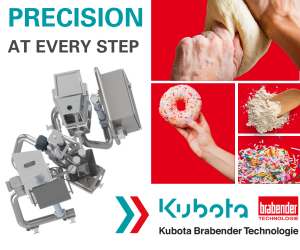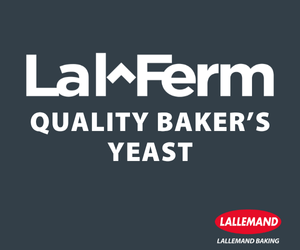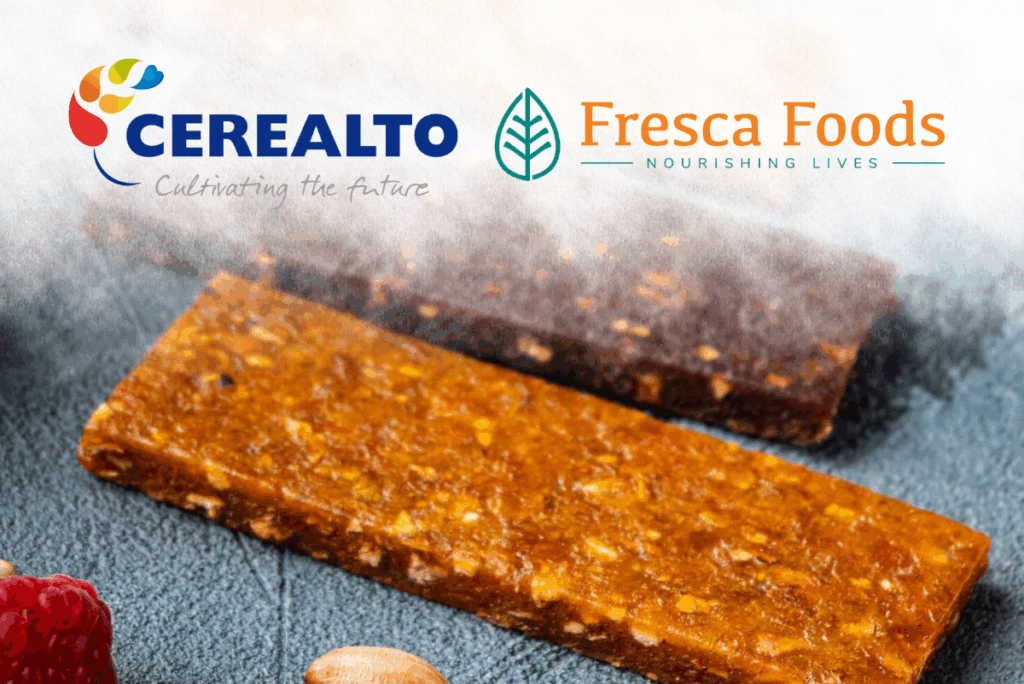KANSAS CITY, MO — In the three years leading up to the pandemic, the food industry was in its heyday of mergers and acquisitions (M&As), with many companies engaging in the activity as a source of cost-cutting — and just as many companies looking for a good deal. Fast-forward five years: Food companies, leery of recession fears, inflation, rising interest rates and the ongoing battle against supply chain disruptions have turned their attention away from M&A activity. Instead, they’re choosing to funnel energy and cash into their core businesses and infrastructure.
The pivot caused a significant slowdown in big-money deals across the food and beverage industry. The commercial baking sector, specifically, has followed suit.
“Commercial baking is following the current trend in the larger food and beverage space of slowing down when it comes to mergers and acquisitions,” confirmed Glenn Pappalardo, managing director of JPG Resources, a consultancy focused on innovation, strategy and execution in the CPG food beverage space. “Bigger-end strategic buyers are looking to derive value from their existing portfolios versus going out and spending half a billion dollars on perhaps a fast-growing but highly valued emerging brand.”
That’s not to say M&A is dead; there are still deals to be made. Food and beverage companies are taking a more strategic approach than they may have in years past, with many of them acquiring brands that will either help them expand quickly into fast-growing categories or build out the distribution of a core business.







